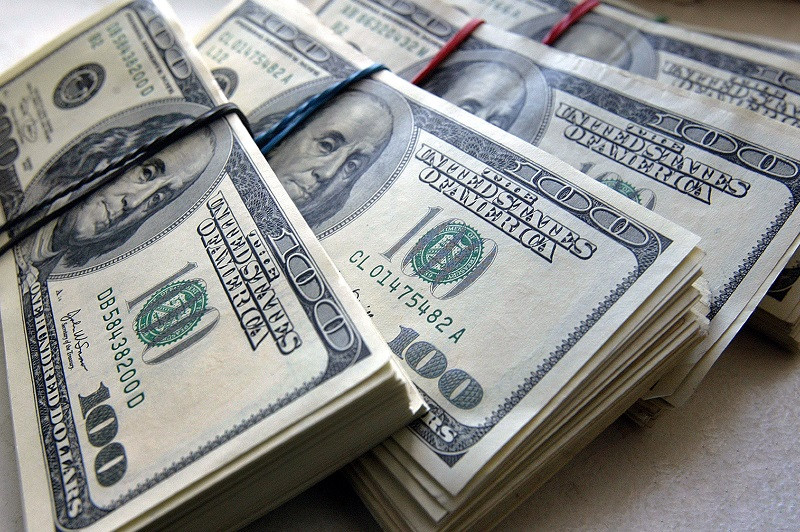
After Friday's surge, the Euro and the pound sterling are losing momentum as the fuel for the growth of risky assets is gradually running out, and there is no new fundamental data.
Statements by US politicians on the topic of interest rates and comments related to the labor market also did not go unnoticed. The message provided by the President of the Federal Reserve Bank of Richmond had a positive influence on the market sentiment of those who bet on the purchase of the US dollar.

The Fed spokesman said that high interest rates would eventually bring US inflation down to the central bank's 2% target. However, he did not comment on when that would happen. Barkin also noted that the strength of the labor market gave the Fed time to gain confidence that inflation was falling steadily before lowering borrowing costs.
Despite what is happening, the policymaker believes there is still a risk that inflation, which has recently returned to growth, especially in the housing and services sectors, will continue to push prices higher. Barkin said that many sellers were still trying to raise prices, and would continue to do so until buyers refused new purchases. The risk is explained by commodity sector growth and inflation in the housing and services sectors. These factors could push the overall consumer price index back above the target.
After the recent meeting, many economists continue to wonder if the Fed will really cut interest rates as quickly as was expected at the beginning of the year. Notably, many investors have been suffering from a zero rate policy for nearly two decades. Now that demand for US Treasury bonds has finally returned to its traditional role in the economy, a hasty easing of monetary policy could cause an unpleasant change not only in inflation but also in yields. Last year, bondholders received nearly $900 billion in annual interest on US government debt, double the average of the previous decade.
Against this backdrop, no one is going to let the US dollar go for nothing. The bearish trend on the euro and the pound has not gone anywhere, even despite the corrections that we saw before the key events, namely, the Fed meeting and data on the US labor market. If the meeting of officials of regional banks in the USA did not give any new information, the data on the labor market is likely to shed light on what is happening in the economy in more detail. Lower activity in the services and manufacturing sectors could also provide traders with a more or less objective picture of the lack of GDP growth in the second quarter. Whether this will be enough for the Fed to make a policy reversal is very doubtful.

As for the current EUR/USD technical picture, the euro remains in a channel. Now buyers need to think about how to reach the level of 1.0775. Only this will allow them to test 1.0810. From there, it is possible to climb to 1.0850, but it will be quite problematic to do it without support from the big players. The farthest target is seen at a high of 1.0885. In case of a decline, I expect any serious action from big buyers to be around 1.0740. Otherwise, it would be good to wait for an update of the 1.0705 low or open long positions from 1.0670.
Meanwhile, buyers of the British pound cannot get out of the channel. Bulls need to take the nearest resistance at 1.2565. This will allow them to reach 1.2610, above which it will be quite problematic to break through. The furthest target will be 1.2655, after which it will be possible to talk about a sharper rush to 1.2700. If the pair falls, bears will try to take control of 1.2530. If they manage to do so, a breakdown of the range will deal a serious blow to bulls' positions and push GBP/USD to the 1.2500 low with the prospect of sliding to 1.2470.